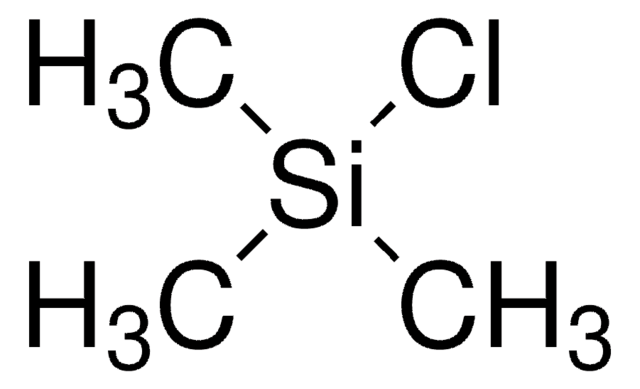94646
Poli(etilenoglicol)
BioUltra, 35,000
Sinônimo(s):
PEG
About This Item
Produtos recomendados
linha de produto
BioUltra
forma
powder or crystals (or flakes)
peso molecular
Mr ~35000
Impurezas
insoluble matter:, passes filter test
≤0.005% peroxides (as H2O2):
pH
5.5-7.0 (25 °C, 50 mg/mL in H2O)
pf
64-66 °C
solubilidade
H2O: 50 mg/mL at 25 °C, clear, colorless
traços de ânion
chloride (Cl-): ≤50 mg/kg
sulfate (SO42-): ≤50 mg/kg
traços de cátion
Al: ≤5 mg/kg
As: ≤0.1 mg/kg
Ba: ≤5 mg/kg
Bi: ≤5 mg/kg
Ca: ≤10 mg/kg
Cd: ≤5 mg/kg
Co: ≤5 mg/kg
Cr: ≤5 mg/kg
Cu: ≤5 mg/kg
Fe: ≤5 mg/kg
K: ≤200 mg/kg
Li: ≤5 mg/kg
Mg: ≤5 mg/kg
Mn: ≤5 mg/kg
Mo: ≤5 mg/kg
Na: ≤200 mg/kg
Ni: ≤5 mg/kg
Pb: ≤5 mg/kg
Sr: ≤5 mg/kg
Zn: ≤5 mg/kg
λ
50 mg/mL in H2O
Absorção UV
λ: 260 nm Amax: 0.12
λ: 280 nm Amax: 0.12
cadeia de caracteres SMILES
C(CO)O
InChI
1S/C2H6O2/c3-1-2-4/h3-4H,1-2H2
chave InChI
LYCAIKOWRPUZTN-UHFFFAOYSA-N
Procurando produtos similares? Visita Guia de comparação de produtos
Descrição geral
Aplicação
- as a component of University of Wisconsin (UW) cold preservation solutions to stabilize the cell membrane of hepatocytes during temperature changes
- as a component of the supercooling solution to study supercooling preservation technique of the rat liver for transplantation and to protect against hypothermic injury
- to prepare aqueous phase for the fabrication of multicellular spheroid (MCS) cultures
Ações bioquímicas/fisiológicas
Código de classe de armazenamento
11 - Combustible Solids
Classe de risco de água (WGK)
WGK 1
Ponto de fulgor (°F)
Not applicable
Ponto de fulgor (°C)
Not applicable
Equipamento de proteção individual
Eyeshields, Gloves, type N95 (US)
Certificados de análise (COA)
Busque Certificados de análise (COA) digitando o Número do Lote do produto. Os números de lote e remessa podem ser encontrados no rótulo de um produto após a palavra “Lot” ou “Batch”.
Já possui este produto?
Encontre a documentação dos produtos que você adquiriu recentemente na biblioteca de documentos.
Os clientes também visualizaram
Nossa equipe de cientistas tem experiência em todas as áreas de pesquisa, incluindo Life Sciences, ciência de materiais, síntese química, cromatografia, química analítica e muitas outras.
Entre em contato com a assistência técnica



